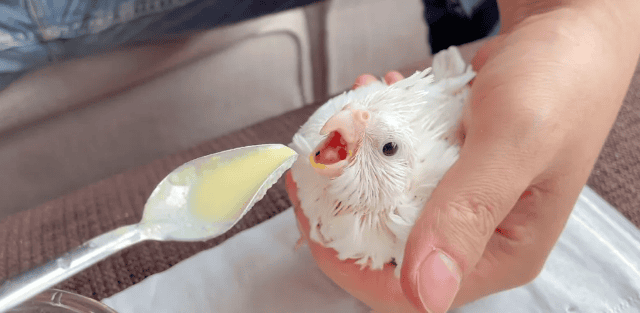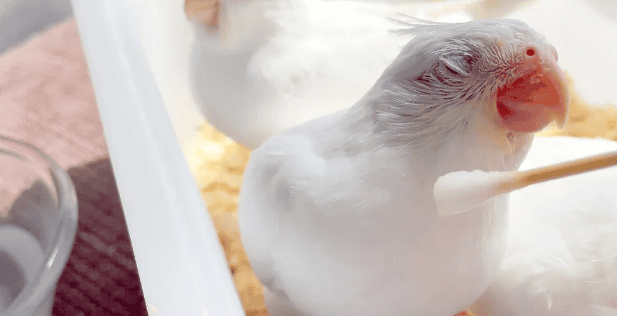The fun of breeding parrots is gradually becoming more and more popular among people, and many people are eager to personally participate in the growth journey of these cute baby birds, from the moment they hatch out of their shells to weaning and growth. This sense of intimate involvement can really deepen your bond with your parrot. However, raising baby parrots by hand is not an easy task. It requires the owner to have deep love, patience, care and responsibility.

Young parrot needs Special care and feeding, while maintaining the right temperature are key. Imagine a little life that has just hatched. What it needs is warmth and safety. In order to ensure that the baby birds can grow in a suitable environment, we can use heat preservation lamps or heating pads to provide a stable temperature. If possible, we can even choose a parrot-specific incubator to create a safe and comfortable growth environment for the baby birds. .
It should be noted that the ideal temperature for young parrots is between 25-30 degrees Celsius, and the smaller the parrot, the higher the temperature required. At the same time, a certain humidity should be maintained to avoid being too dry and causing respiratory problems in young birds. As the baby bird grows, we can gradually lower the temperature until it is consistent with the indoor temperature. At this time, the baby bird can grow and play freely outside.
Of course, feeding baby birds is also an important task. The smaller the baby bird, the more frequently it needs to be fed. If it is hand-raised from day zero, it will need to be fed every two hours. As the baby birds grow, we can gradually adjust the frequency of feeding. The food you feed should be milk powder specifically designed for parrots to ensure that the young birds receive comprehensive and balanced nutrition. When brewing milk powder and feeding, be sure to pay attention to the water temperature. Too hot or too cold will have adverse effects on the baby bird's crop, causing inflammation. It is recommended to use a parrot-specific spoon or syringe for feeding, and try to imitate the bird's natural feeding method, which will help the young bird adapt and grow better. During the weaning process of young birds, we need to proceed step by step to avoid any impact on the physique of the young birds due to improper methods.

In addition, environmental hygiene It is also a part that cannot be ignored. Baby parrots have weak adaptability to the environment and are prone to bacterial infection. Therefore, we need to frequently replace the sawdust bedding and use disinfectant spray to disinfect the incubator to maintain a dry and clean growth environment. If the baby bird is contaminated with dirt, we can wipe it gently with a cotton swab dipped in warm water. However, it should be noted that it is not recommended to bathe young birds before they are weaned and independent, because their resistance is weak at this time and they are prone to illness due to temperature differences.
Finally, interaction and companionship with the baby birds is also very important. After each feeding, we can interact and play with the baby birds for a while, and enhance the intimacy with them by petting, breaking quills, chatting, etc. At the appropriate time, we can also start gentle training, such as getting started and learning simple commands.
Hand-raising baby parrots does require a lot of time and energy, but as long as we feed and care for them carefully, they will become our closest pets. Let's enjoy the joy of growing up with parrots!

 扫一扫微信交流
扫一扫微信交流
发布评论